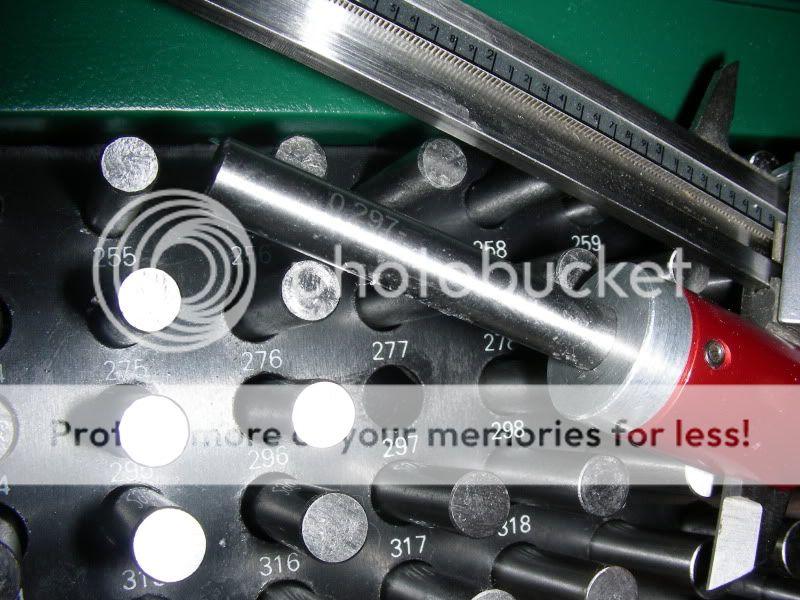I am having a hard time grasping why I am getting variation in this measurement. I have the Hornady OAL gage that allows a precise measurement of the distance from base of case (bolt face) to the bullet ogive where it touches the lands. In my mind this should be a "fixed" dimension (bolt face to lands).
That being said, I consistantly get different measurements for different bullets (brand, type, weight), and I'm confused as hell as to how this occurs. Anyone want to try and make me understand this phenomenon?
Thanks
That being said, I consistantly get different measurements for different bullets (brand, type, weight), and I'm confused as hell as to how this occurs. Anyone want to try and make me understand this phenomenon?
Thanks

